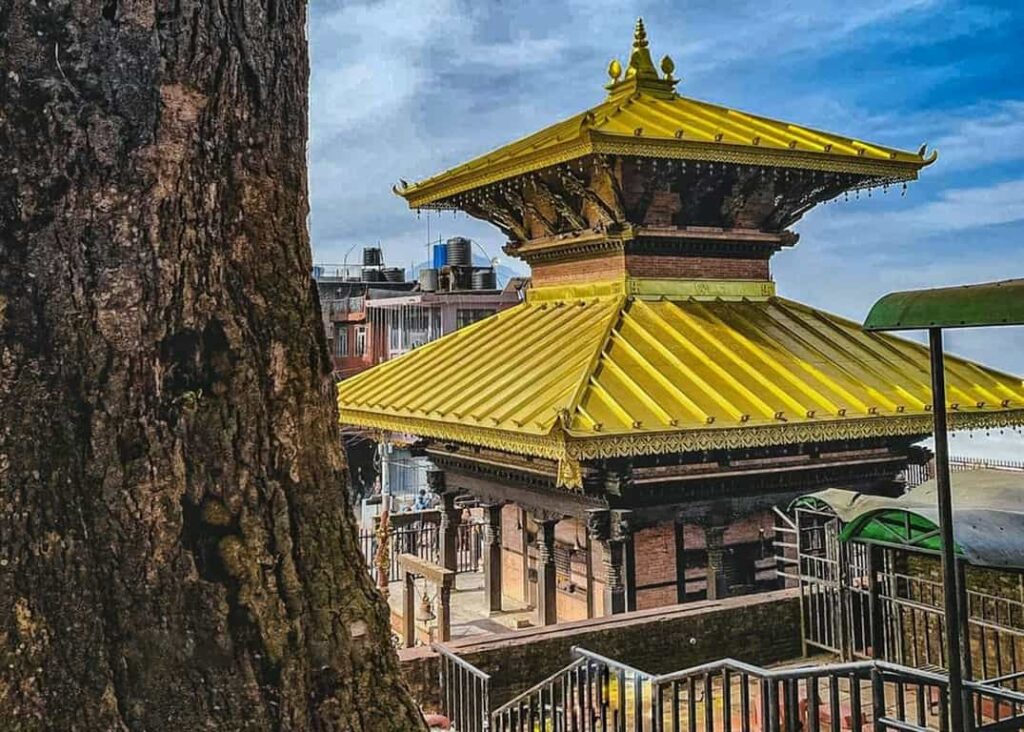Manakamana’s Bid for UNESCO World Heritage Status – Located on a peaceful hill in the middle of the Gorkha district, the Manakamana Temple is a symbol of deep faith, a lot of history, and amazing architecture. The Manakamana Temple stands as a beacon of spiritual devotion, historical richness, and architectural magnificence.
Recently, the locals have come together to voice an urge – to see the Manakamana Temple recognized as a UNESCO World Heritage site. Their call for action was made directly to the Minister for Culture, Tourism, and Civil Aviation, Sudan Kirati, during his participation in a temple cleaning program. Minister Kirati, in response, not only acknowledged the importance of the temple but also pledged government support to ensure the temple’s preservation and growth.
Historical Significance of Manakamana
Built in the 17th century, Manakamana Temple dedicates itself to the Hindu goddess Bhagwati. The temple derives its name, “Manakamana,” from two words: “mana,” signifying heart, and “kamana,” signifying wish.
Related: Top 10 UNESCO World Heritage Sites
Devotees flock to this sacred site with the hope that their wishes will be granted by the goddess. The temple’s historical roots and its role in Nepal’s spiritual landscape make it a significant candidate for UNESCO recognition.
Unique Architecture
The temple’s unique pagoda-style architecture, featuring intricate wood carvings and stunning artwork, reflects the exquisite craftsmanship of the Newar community in Nepal.
More: Discovering Nepal’s Unique Architecture
The complex’s design, consisting of the main temple, various shrines, and a lush garden, showcases an aesthetic blend of Hindu and Buddhist architecture.
Cultural Significance
Manakamana Temple is not just a place of worship; it’s a symbol of unity among different religious communities in Nepal. Hindus and Buddhists alike visit the temple to seek blessings. The temple is a focal point for religious harmony, and its inclusion on the World Heritage List would emphasize the importance of cultural diversity and interfaith coexistence.

Tourism and Economic Impact: The temple’s popularity among pilgrims and tourists has significantly contributed to the local economy. The Manakamana Cable Car is one of the most popular tourist attractions in Nepal. It ferries thousands of visitors each year to the temple. The inclusion of Manakamana on the World Heritage List could boost tourism further. It is leading to economic growth and employment opportunities for the region.
Challenges and Future Prospects of Manakamana
While the nomination for UNESCO World Heritage Status for Manakamana has received widespread embrace, local and national stakeholders. It’s must intensify preservation and restoration efforts to meet UNESCO’s stringent criteria. Addressing environmental concerns, such as controlling the growing number of visitors, also requires collective efforts. However, with the combined commitment of stakeholders, overcoming these challenges is achievable.
Source: Nepal Tourism Board







